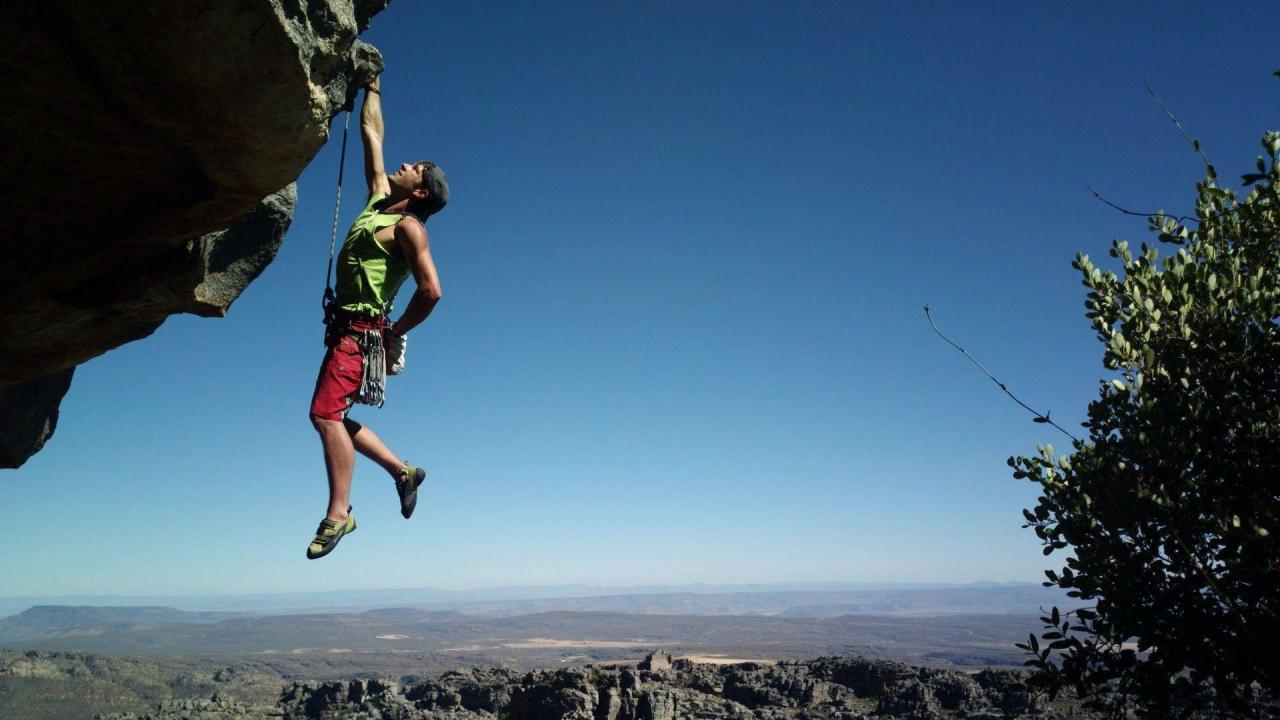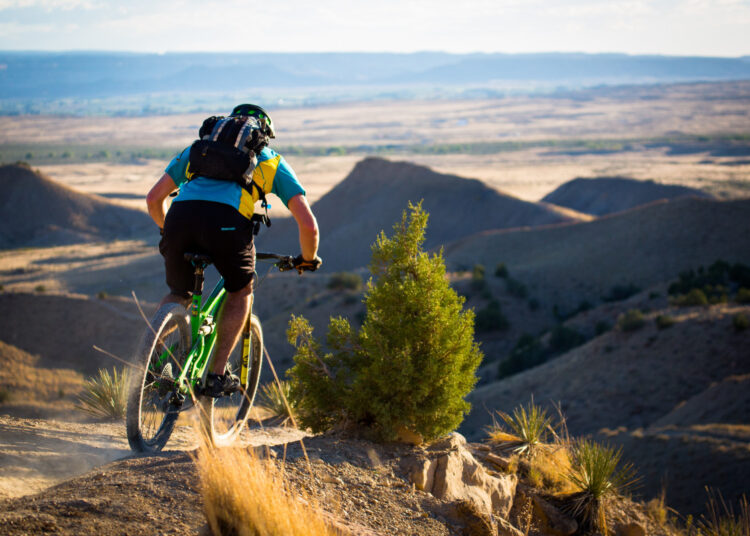The human spirit, at its core, yearns for challenge, for the unknown, and for experiences that push the boundaries of perceived limitations. This intrinsic desire fuels the burgeoning world of extreme adventures, where individuals deliberately seek out activities that offer unparalleled excitement, physical demands, and often, a brush with the wilder side of nature. Beyond mere recreation, these pursuits represent a profound exploration of personal courage, resilience, and the sheer majesty of our planet’s most formidable landscapes. This comprehensive article delves deep into the diverse realm of extreme adventures, examining the allure, the meticulous preparation required, the inherent risks, and the transformative impact these experiences have on those daring enough to undertake them. We’ll unveil why more and more people are trading conventional vacations for the exhilaration of truly pushing their limits.
The Irresistible Allure of the Extreme

What draws individuals to activities that most would consider terrifying or impractical? The magnetic pull of extreme adventure stems from a unique blend of psychological, physical, and even spiritual motivations.
A. The Adrenaline Rush
The release of adrenaline is a powerful, almost addictive sensation. When faced with danger or intense physical exertion, the body floods with hormones that heighten senses, increase heart rate, and sharpen focus. This physiological response is exhilarating and can create a profound sense of being alive. For many, this chemical cocktail is a primary motivator, providing a feeling of intensity unmatched by everyday life. It’s a return to a more primal state, where survival instincts are paramount, offering a stark contrast to the often-sedentary modern existence.
B. Pushing Personal Boundaries
Extreme adventures force participants to confront their fears, test their physical limits, and push beyond what they thought possible. This process of overcoming internal and external obstacles leads to profound self-discovery. Each conquered challenge builds confidence, resilience, and a deeper understanding of one’s capabilities. It’s not just about reaching a summit or completing a descent; it’s about the internal transformation that occurs along the way. This self-discovery often translates into greater confidence and problem-solving abilities in other areas of life.
C. Immersion in Nature
Many extreme adventures take place in remote, pristine, and awe-inspiring natural environments. From the vastness of mountain ranges to the depths of the ocean, these settings provide a powerful escape from the digital noise and urban sprawl of modern life. The sheer beauty and raw power of nature offer a unique sense of perspective, fostering a deep connection with the environment and a profound appreciation for its grandeur. It’s a chance to truly unplug, disconnect from technology, and reconnect with something much larger than oneself.
D. The Sense of Accomplishment
Successfully completing an extreme adventure, whether it’s scaling a formidable peak or navigating treacherous rapids, yields an unparalleled sense of accomplishment. This isn’t just about winning a medal; it’s about proving to oneself that dedication, perseverance, and courage can overcome formidable challenges. The memories of these achievements become enduring sources of pride and inspiration, reinforcing the belief that with enough effort, anything is possible.
Categories of Extreme Adventures
Extreme adventures span a vast spectrum, categorized by the environments they utilize and the skills they demand.
A. High-Altitude Expeditions
These involve conquering the world’s tallest peaks, often requiring extensive mountaineering skills, resilience against extreme cold, and acclimatization to thin air.
- Mountaineering: Ascending challenging peaks, from technical rock and ice climbing to multi-day expeditions in remote ranges. This involves a deep understanding of knots, anchors, crevasse rescue, and weather patterns. Examples include the Himalayas, Andes, and Alaskan ranges.
- High-Altitude Trekking: While not always involving technical climbing, these treks push physical limits at extreme altitudes, often lasting weeks and requiring significant endurance. Popular examples include Everest Base Camp, Kilimanjaro, and the Annapurna Circuit.
- Himalayan Climbing (e.g., Everest, K2): The pinnacle of high-altitude challenges, demanding years of experience, specialized gear, and incredible mental fortitude to survive in the “death zone” above 8,000 meters. These expeditions are often multi-month commitments involving significant financial investment and extreme risk.
B. Aquatic and Underwater Exploration
Adventures centered around water, from raging rivers to the silent depths of the ocean.
- White-Water Rafting/Kayaking: Navigating turbulent rivers with powerful currents, rapids, and waterfalls. This demands strong paddling skills, teamwork (for rafting), and the ability to read water. Grades of rapids range from easy to virtually unnavigable.
- Scuba Diving (Technical/Cave/Wreck): Moving beyond recreational diving to exploring deep wrecks, intricate cave systems, or extreme depths, requiring specialized training, gas mixtures, and extensive safety protocols. The risks include nitrogen narcosis, decompression sickness, and getting lost in complex environments.
- Surfing (Big Wave): Riding enormous waves that can reach dozens of feet high, requiring immense physical strength, balance, courage, and often jet ski assistance for tow-ins. Locations include Nazaré (Portugal), Jaws (Hawaii), and Mavericks (California).
- Free Diving: Descending to incredible depths on a single breath, pushing the limits of human lung capacity and physiological adaptation to pressure. This is a highly meditative yet extremely dangerous sport.
C. Aerial and Sky-Based Thrills
Adventures that involve soaring through the air or descending from great heights.
- Skydiving/BASE Jumping: Leaping from planes (skydiving) or fixed objects (BASE jumping – Buildings, Antennas, Spans, Earth), experiencing freefall before deploying a parachute. BASE jumping is significantly more dangerous due to lower altitudes and fixed obstacles.
- Paragliding/Hang Gliding: Launching from elevated terrain to glide through the air, relying on air currents and skill to control direction and altitude. Offers a serene yet exhilarating experience of flight.
- Wingsuit Flying: Donning a specialized jumpsuit that adds surface area to the body, allowing pilots to glide horizontally at high speeds after jumping from a plane or cliff. Requires extensive skydiving and BASE jumping experience.
D. Terrestrial Endurance and Exploration
Adventures focusing on long distances, harsh terrains, and extreme climates on land.
- Ultra-Running/Marathon Des Sables: Covering extreme distances (50+ miles) often in challenging environments like deserts, mountains, or jungles, testing physical and mental endurance to its limits. The Marathon des Sables, a multi-day race across the Sahara Desert, is a prime example.
- Canyoning/Canyoneering: Navigating canyons by various means, including walking, climbing, rappelling, jumping, and swimming. Requires a combination of rope skills, water safety knowledge, and problem-solving abilities.
- Polar Expeditions (Arctic/Antarctic): Trekking or skiing across frozen landscapes, facing extreme cold, isolation, and potential encounters with wildlife. These expeditions demand meticulous planning, specialized gear, and unwavering mental fortitude.
- Off-Road Motorsports (e.g., Dakar Rally): Competing in grueling multi-day races across vast, challenging terrains like deserts and mountains, pushing both machine and driver to their breaking points.
The Key to Survival and Success
No extreme adventure should be undertaken lightly. Meticulous and comprehensive preparation is the bedrock of safety and successful completion.
A. Physical Conditioning
The demands of each adventure are unique, requiring highly specific physical preparation.
- Endurance Training: For activities like ultra-running or high-altitude trekking, building aerobic capacity through long runs, hikes, and cycles.
- Strength Training: Developing functional strength relevant to the activity – upper body for climbing, core for balance, leg strength for propulsion.
- Specific Skill Practice: Repeatedly practicing the exact movements and techniques required for the adventure (e.g., knot tying for climbing, roll practice for kayaking, navigation for expeditions).
- Acclimatization: For high-altitude endeavors, gradually exposing the body to lower oxygen levels to allow physiological adaptation, often through staged ascents or hypoxic chambers.
B. Mental Fortitude
The mental game is often as crucial, if not more so, than the physical.
- Visualization: Mentally rehearsing challenging scenarios and successful outcomes to build confidence and prepare for adversity.
- Stress Inoculation: Gradually exposing oneself to uncomfortable situations in a controlled environment to build tolerance for stress and fear.
- Goal Setting: Breaking down the overall adventure into smaller, manageable goals to maintain focus and motivation.
- Resilience Training: Developing strategies to cope with setbacks, discomfort, and unexpected obstacles, such as maintaining a positive inner dialogue and practicing mindfulness.
C. Equipment and Gear
The right gear can mean the difference between life and death.
- Research and Selection: Thoroughly researching and selecting gear specifically designed for the conditions and demands of the chosen adventure, from specialized clothing layers to technical climbing equipment.
- Quality and Reliability: Investing in high-quality, reputable brands. This is not an area to cut corners. Equipment must be robust and reliable under extreme stress.
- Pre-Trip Testing: Testing all gear thoroughly in similar conditions before the actual adventure to ensure familiarity and identify any issues.
- Maintenance and Inspection: Regularly maintaining and inspecting equipment for wear and tear, ensuring it remains in optimal condition.
D. Expert Guidance and Training
For most extreme adventures, professional guidance is essential.
- Certified Instructors/Guides: Learning from and being led by individuals with extensive experience and certifications in the specific activity. Their expertise is invaluable for safety and skill development.
- Formal Courses: Enrolling in specialized courses for technical skills like rope rescue, avalanche safety, wilderness first aid, or advanced navigation.
- Mentorship: Seeking advice and learning from experienced adventurers who have successfully completed similar challenges.
Inherent Risks and Responsible Adventuring
Extreme adventures, by their very definition, involve significant risks. Understanding and mitigating these is paramount.
A. Environmental Hazards
Nature itself poses numerous threats.
- Weather Extremes: Sudden changes in weather (blizzards, storms, heatwaves) can create hazardous conditions and lead to hypothermia, heatstroke, or disorientation.
- Terrain Challenges: Unstable ground, rockfalls, crevasses, powerful currents, and hidden obstacles are constant threats.
- Wildlife Encounters: Encounters with dangerous animals can pose a threat in remote wilderness areas.
- Altitude Sickness: For high-altitude activities, conditions like Acute Mountain Sickness (AMS), High Altitude Cerebral Edema (HACE), and High Altitude Pulmonary Edema (HAPE) can be life-threatening.
B. Human Factors
Even with perfect conditions, human error or physical limitations can lead to problems.
- Physical Exhaustion/Injury: Pushing the body beyond its limits can lead to severe fatigue, sprains, fractures, or more serious medical emergencies.
- Decision-Making Errors: Fatigue, stress, or complacency can impair judgment, leading to poor choices with severe consequences.
- Lack of Experience/Training: Underestimating the demands or lacking the necessary skills for a particular adventure greatly increases risk.
- Panic: In high-stress situations, panic can lead to irrational actions, exacerbating danger.
C. Risk Mitigation Strategies
Responsible adventurers prioritize safety above all else.
- Thorough Planning and Contingency: Developing detailed plans, including backup routes, emergency contacts, and evacuation procedures. Anticipating potential problems and having solutions ready.
- Buddy System/Teamwork: Never venturing alone into highly risky environments. Relying on a trusted partner or team for support and mutual safety.
- Communication Devices: Carrying satellite phones, personal locator beacons (PLBs), or two-way radios for emergency communication in remote areas.
- First Aid Training: Having at least basic wilderness first aid certification, and carrying appropriate medical supplies. For multi-day expeditions, having a team member with advanced medical training is crucial.
- Respect for Limits: Knowing when to turn back, when conditions are too dangerous, or when one’s own capabilities are insufficient. Ego can be the biggest enemy in extreme environments.
- Environmental Awareness: Understanding the local ecology, weather patterns, and respecting wildlife to minimize human impact and enhance safety.
The Transformative Impact of Extreme Adventures
Beyond the thrill and accomplishment, these experiences often leave a lasting imprint on an individual’s life.
A. Enhanced Resilience and Problem-Solving Skills
Successfully navigating extreme challenges builds an extraordinary level of resilience. Adventurers learn to adapt to rapidly changing circumstances, think critically under pressure, and find creative solutions to unexpected problems. This translates directly into improved problem-solving abilities in daily life.
B. Deeper Appreciation for Life and Nature
Staring death in the face or witnessing unparalleled natural beauty often leads to a profound appreciation for life itself. The mundane aspects of daily existence can seem less daunting, and the natural world is viewed with newfound reverence. This often fosters a commitment to environmental conservation.
C. Strengthened Relationships and Trust
Many extreme adventures are undertaken in teams, forging incredibly strong bonds based on mutual trust, shared hardship, and collective triumph. These relationships are often deeper and more enduring than those formed in less demanding circumstances. The reliance on one another in life-or-death situations creates an unbreakable connection.
D. Humility and Perspective
Even the most accomplished adventurers are humbled by the immense power of nature. These experiences foster a deep sense of humility, reminding individuals of their place within the vastness of the world. This often leads to a more balanced perspective on personal challenges and successes.
E. A Source of Lifelong Inspiration
The memories of overcoming an extreme adventure serve as an inexhaustible wellspring of inspiration. When faced with future difficulties, individuals can draw upon these past triumphs, reminding themselves of their capacity for courage and perseverance. They become storytellers, sharing their experiences to inspire others.
The Future of Extreme Adventures
As technology advances and human curiosity remains boundless, the realm of extreme adventures continues to evolve.
A. Technological Advancements
Innovations in gear (lighter, stronger materials), navigation (more precise GPS, satellite imagery), communication, and weather forecasting will continue to make previously impossible feats more attainable, albeit still highly challenging.
B. Greater Accessibility and Commercialization
While still niche, the extreme adventure industry is growing, with more guided expeditions, training programs, and tour operators offering these experiences. This increases accessibility but also raises questions about responsible tourism and environmental impact.
C. Emphasis on Sustainability and Conservation
As more people explore wild places, the imperative to protect these fragile environments grows. Future extreme adventures will likely place an even greater emphasis on Leave No Trace principles, responsible travel, and active participation in conservation efforts. This includes funding local conservation initiatives and supporting indigenous communities.
D. The Quest for New Frontiers
As traditional challenges are conquered, adventurers will continue to seek out new, unclimbed peaks, unexplored caves, deeper ocean trenches, and novel ways to interact with extreme environments, pushing the boundaries of what’s considered “extreme.” This includes exploring the potential of space tourism as the ultimate extreme adventure for some.
Conclusion
Extreme adventures are more than just thrilling pastimes; they are profound journeys of self-discovery, resilience, and connection with the untamed beauty of our planet. They strip away the veneer of modern comfort, forcing individuals to confront their deepest fears and discover their true capabilities. While inherently risky, the meticulous preparation, expert guidance, and unwavering respect for nature can transform these endeavors into life-altering experiences. As humanity continues to push the boundaries of exploration and personal achievement, the allure of the extreme will undoubtedly endure, inspiring a new generation of thrill-seekers to embrace the wild, challenge the impossible, and unveil the extraordinary within themselves.













